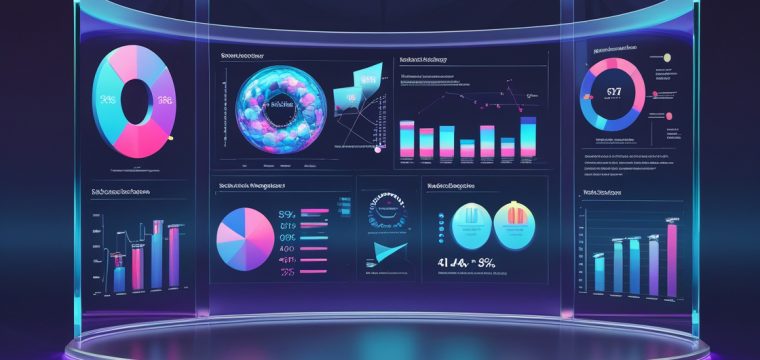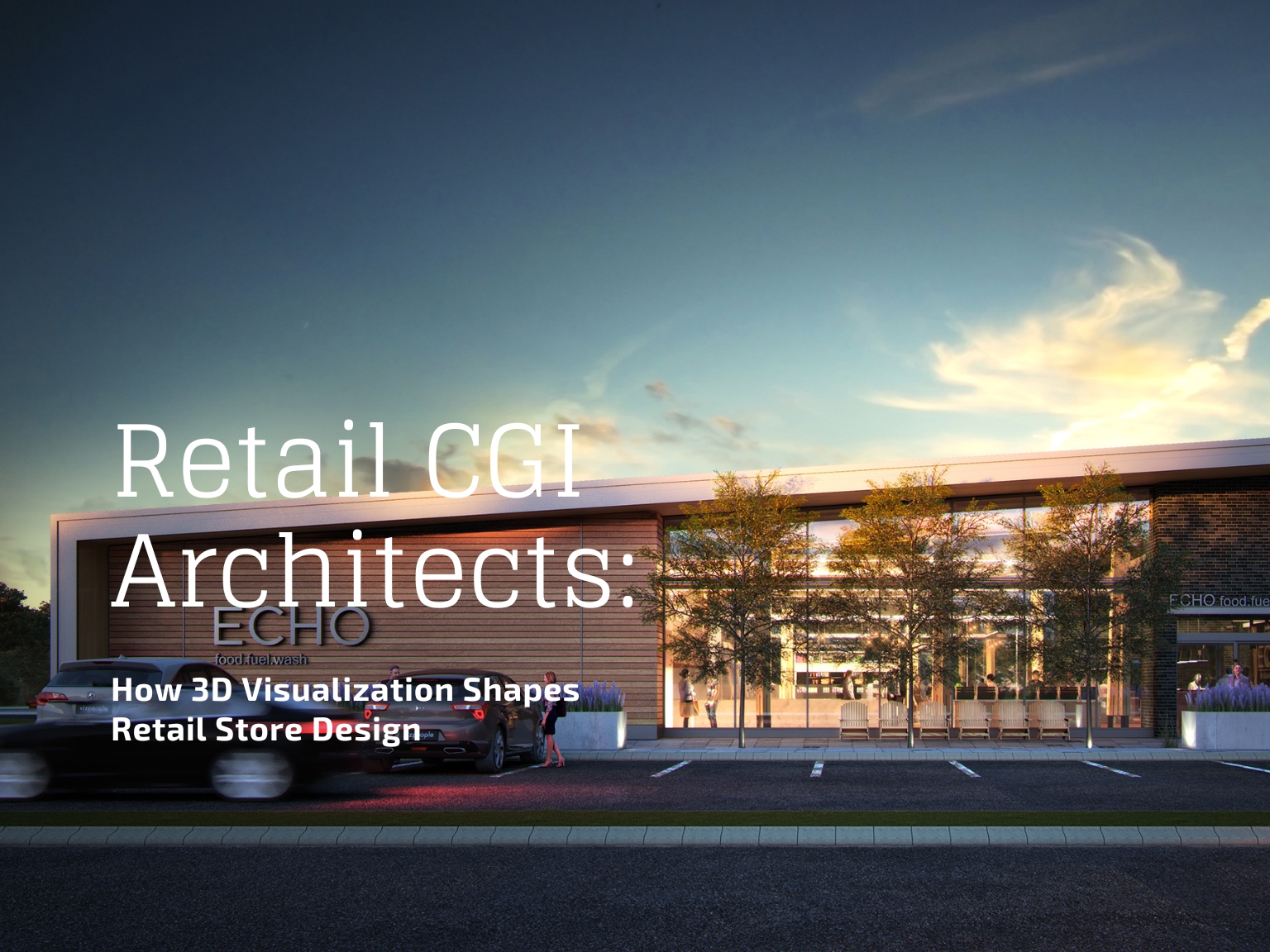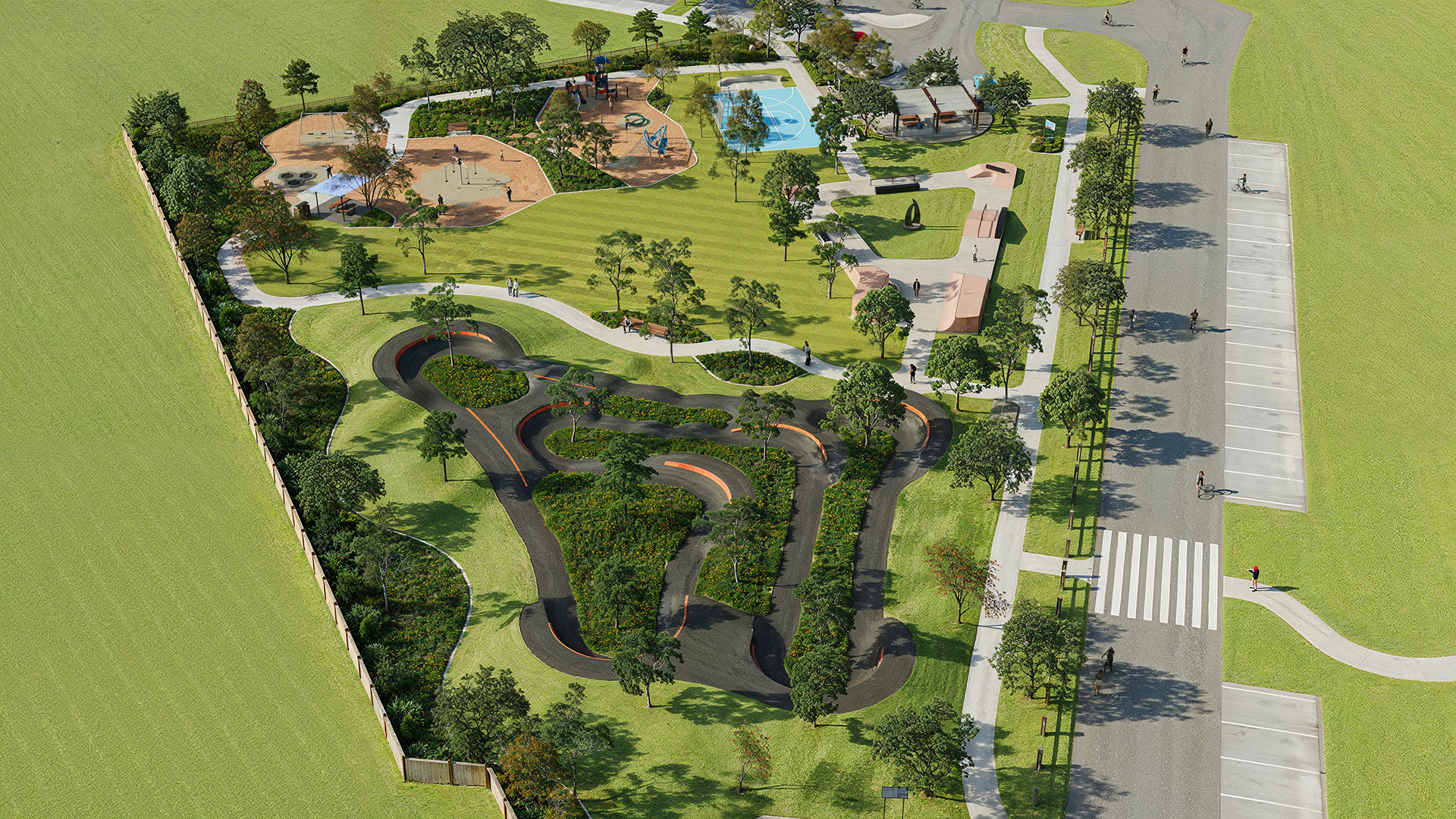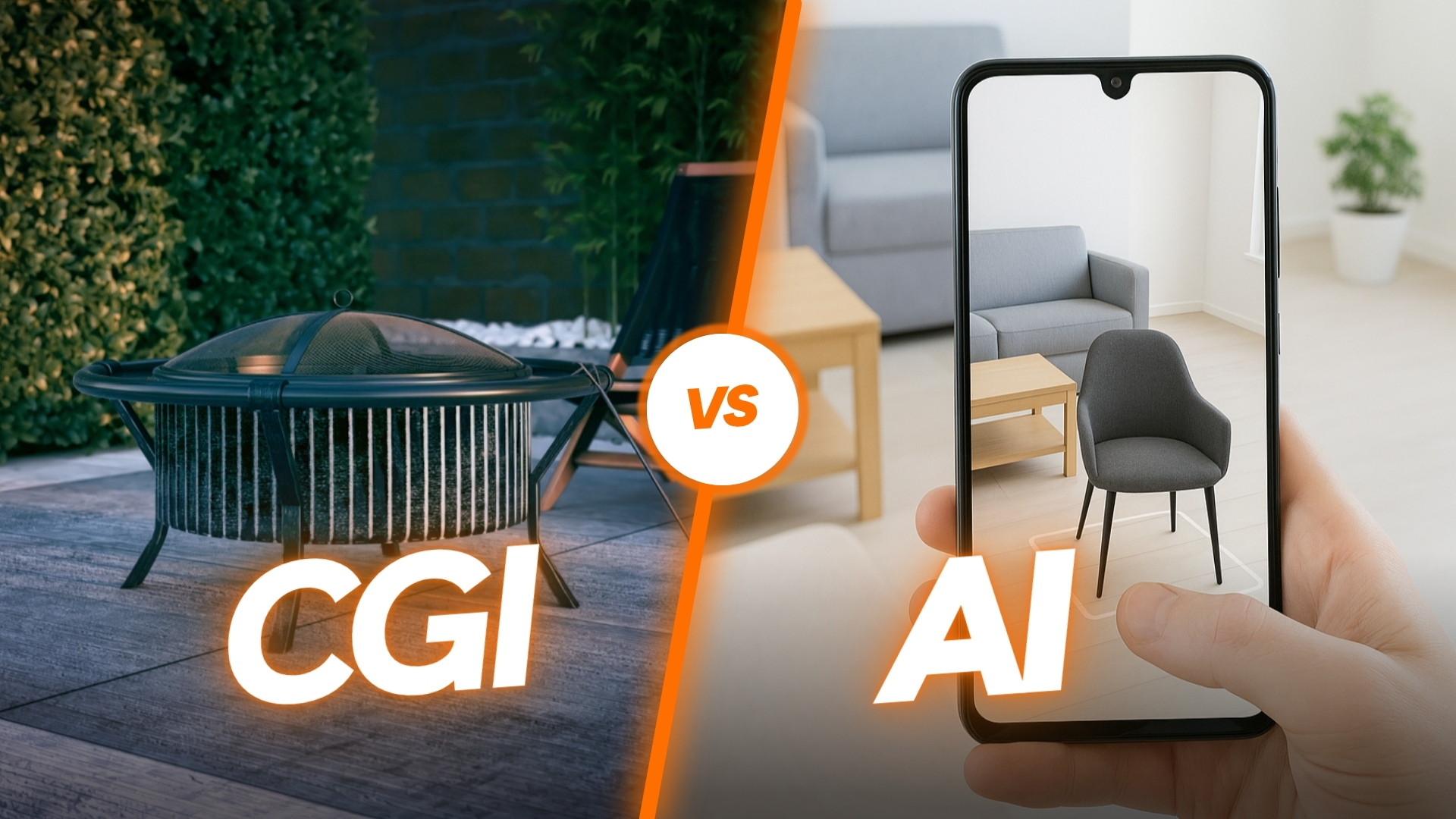When I first started working in architectural visualization, things were very different. Rendering a single high-resolution image could take an entire night, sometimes even a whole day. Real-time tools, AI-powered workflows, or cloud-based rendering? None of that existed yet. We relied on bulky hardware, a handful of tools, and a deep sense of passion to help bring ideas to life through 3D Renderings.
Today, I’m proud to run 7CGI, a 3D rendering studio that partners with architects, real estate developers, product designers, and manufacturers across North America, Europe, and beyond. Our work has evolved with the industry, and one of the reasons we’ve been able to stay ahead is by paying close attention to the trends that shape our field.
To get a clear picture of how far the industry has come and where we’re headed, I revisited five key industry surveys that span more than 15 years:
- 2009 CGarchitect Industry Survey
- 2015 CGarchitect Industry Survey
- 2023 Architizer + Chaos: Future of Architectural Visualization
- 2024–2025 Architizer + Chaos: State of Architectural Visualization
This blog brings together what I learned from those surveys, what it means for us as professionals, and how it shapes our future. So, here we go-
The Software That Built the Industry
Since 2009, many 3D modeling and rendering programs have come and gone, but 3ds Max has stood the test of time.
Back in 2009, a staggering 83% of professionals relied on it. Fast forward to 2025, and it’s still going strong in many studios, especially for high-end, production-grade rendering. Its compatibility with industry-leading engines like V-Ray and Corona, combined with its expansive plugin ecosystem, has helped it remain the go-to solution for serious professionals.
Other tools have found their place too. SketchUp is popular for quick conceptual work, Revit is a cornerstone in BIM workflows, and Blender, once seen as a hobbyist’s tool, is now gaining traction among freelancers and small studios, thanks to its open-source nature and growing feature set.
One of the most telling shifts we’ve seen is in rendering engine preferences. The table below shows how the major players have changed over time:
Year | V-Ray | Corona | Unreal | Lumion | Cycles | Twinmotion | Others |
2016 | 55.9% | 9% | 0% | 0% | 0% | 0% | 35.1% |
2018 | 53.6% | 17.5% | 5.8% | 8.4% | 2.6% | 1% | 11.1% |
2019 | 45.3% | 22.5% | 7.1% | 10.9% | 4.3% | 2.3% | 7.6% |
2020 | 38.9% | 24.8% | 9.5% | 11.9% | 4.6% | 3.4% | 6.9% |
2021 | 35.4% | 25.5% | 11.4% | 10.7% | 5.6% | 4% | 7.4% |
2022 | 27.2% | 19.4% | 11.4% | 9.9% | 6.9% | 5.1% | 20.1% |
2023 | 32% | 27% | 10% | 10% | 7% | 5% | 9% |
2024 | 30% | 25% | 12% | 9% | 9% | 6% | 9% |
2025 | 28% | 30% | 14% | 8% | 10% | 7% | 3% |
At 7CGI, we rely heavily on 3ds Max. Use Blender occasionally. For rendering, we use a combination of V-Ray, Corona, occasionally Cycles with Blender, and Twinmotion to produce walkthroughs, and occasionally Unreal Engine for more interactive presentations. depending on the project scope. We’re also beginning to explore Chaos Vantage, a tool that’s generating a lot of buzz for real-time previews and interactive walkthroughs. personally conducted a survey on my LinkedIn audience at the end of 2024 that supports the data above.
AI (Artificial Intelligence) Enters the Scene
Artificial Intelligence wasn’t on anyone’s radar in 2009. In fact, it didn’t start making waves until 2022.
- By 2023, about 55% of professionals were testing out AI for concept generation, post-processing, and creative support.
- By 2025, that number had reached 56%, but the enthusiasm had started to level off. Most studios are now using AI in specific, practical ways—speeding up ideation or enhancing renderings—rather than trying to replace traditional rendering workflows.
In short, AI is proving to be a valuable sidekick—not the main act.
In-House vs. Outsourced Workflows
In 2009, many firms outsourced a large portion of their visualization work. Around 40% of studios sent their projects to external partners. But by 2025, the script has flipped: over 75% of 3D Rendering firms now do their rendering work in-house.
Why the change?
- Tools are easier to use
- Teams are more tech-savvy
- Real-time workflows demand tighter control
- Hybrid work models have made hiring in-house talent easier
That said, outsourcing hasn’t disappeared. We are working with companies overseas on a regular basis. Meaning we are taking part in those 25% of companies that are outsourcing 3D Rendering projects.
Hardware and Cloud Rendering
Despite all the hype about cloud computing, most professionals still render on local machines.
- Over 80% use local GPU-powered desktops
- Only 20–22% have adopted cloud rendering full-time
Cloud rendering did not see as growth as it was estimated in the 2023 survey. Concerns about cost, data security, and workflow disruption are the main reasons for the slow adoption.
Still Images Still Rule
Even as video, VR, and interactive walkthroughs gain popularity, photorealistic still images remain the most in-demand deliverable.
They’re faster to produce, easier for clients to approve, and more versatile for marketing use. That’s not going to change any time soon.
What Are Firms Investing In?
Based on the most recent survey data, here’s where firms are putting their money:
- Real-time rendering engines like Unreal and Twinmotion
- AI tools that enhance or accelerate production
- Workflow optimizations and team training
VR and AR? Still growing, but not yet a top priority.
What’s Still Holding Us Back
Despite massive technological progress, studios still face the same production headaches:
- Long render times (for high-quality images)
- Rising software and hardware costs
- Complex workflows across multiple platforms
- Client expectations for faster, better, cheaper visuals
Streamlining and staying agile is more important than ever.
Unique Insights from the 2015 Survey
The 2015 CGarchitect survey provided a snapshot that might not be relevant anymore. We need a comprehensive survey that covers these topics. But here is what the survey was about:
Time Breakdown per Project:
This shows how much time studios and freelancers spent on each area of their projects. This probably did not change much since then. The entire process sped up. But the proportion of time spent behind each part of the process remained similar. I assume people spend less time in modeling these days. But a survey would help.
- Modeling: 27%
- Rendering: 15%
- Revisions: 15%
- Lighting/Post: 13% each
- Planning, R&D, Quoting: 6–7%
Workload:
- 44% worked 40–50 hours/week
- 28% worked 51+ hours/week
Since 2015, we have seen a lot of change in how we work. So this data is not relevant anymore for 2025
Security:
- 82% felt secure in their job or business
Data is not relevant anymore. With the advent of AI and the current economic scenario, a survey is required in 2025.
Diversity & Demographics:
- 93% male, 7% female
- The majority were between 26 and 40 years old
It would be interesting to see what this looks like today, after 10 years of this survey. Does female contribution increase with the rise of feminist movements, and do we see Gen Z stepping into the industry?
Pricing:
- U.S.: Most projects were priced between $1,001–$2,000
- Europe: More projects were under $1,000
USD does not have the same buying power that it used have back in 2015. 3D artists’ salaries have not increased relatively for sure, but a new survey is needed to see how people are charging for their work these days.
Over the last 15 years, architectural visualization has grown from a niche service into a central part of how we design and sell ideas. The tools have changed to some extent, and the workflows have evolved.
At 7CGI, we continue to focus on delivering top-tier visuals with the right mix of proven methods and forward-thinking technologies. Whether you’re an architect, designer, or fellow studio owner, I hope this article gave you a meaningful look at where the industry has been and where it’s heading next.
If you’re looking for a reliable 3D visualization partner who understands the tools, trends, and expectations of this ever-evolving industry, we’d love to talk.









